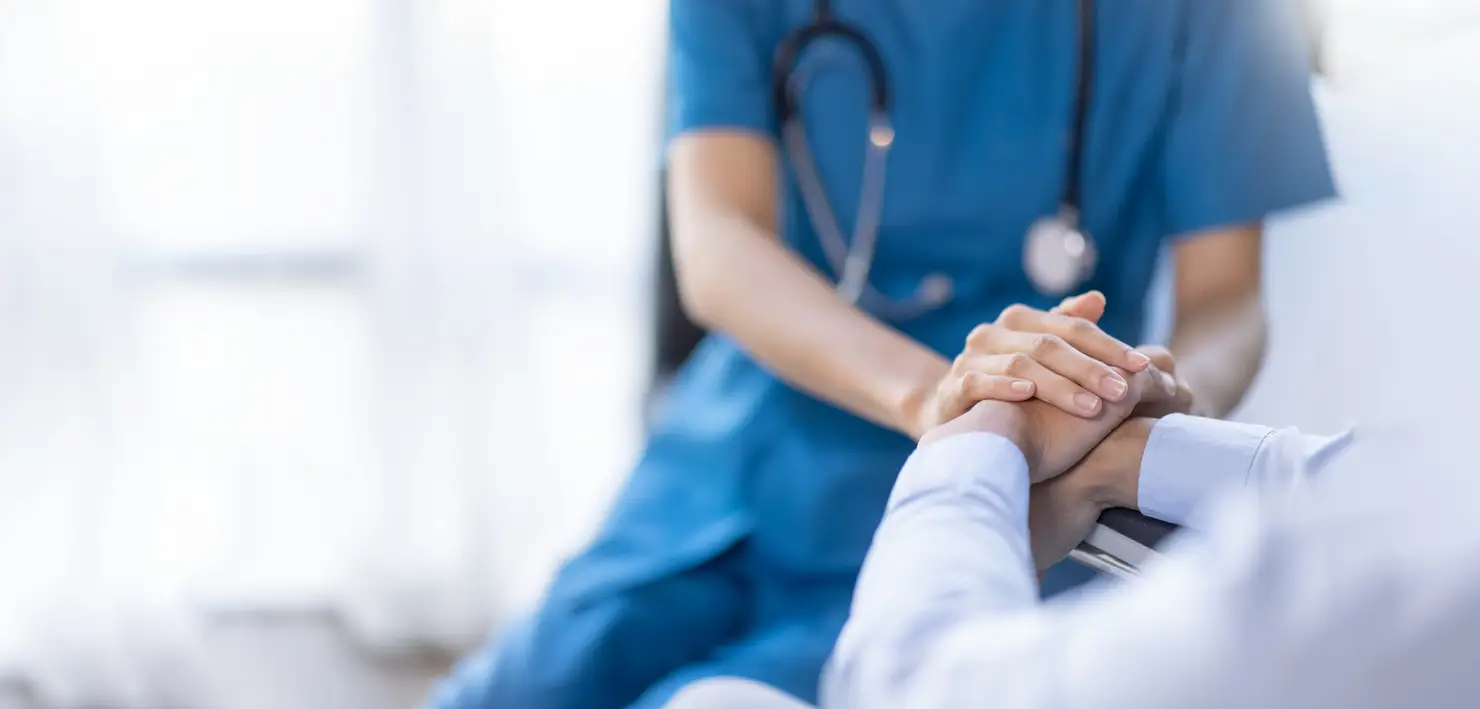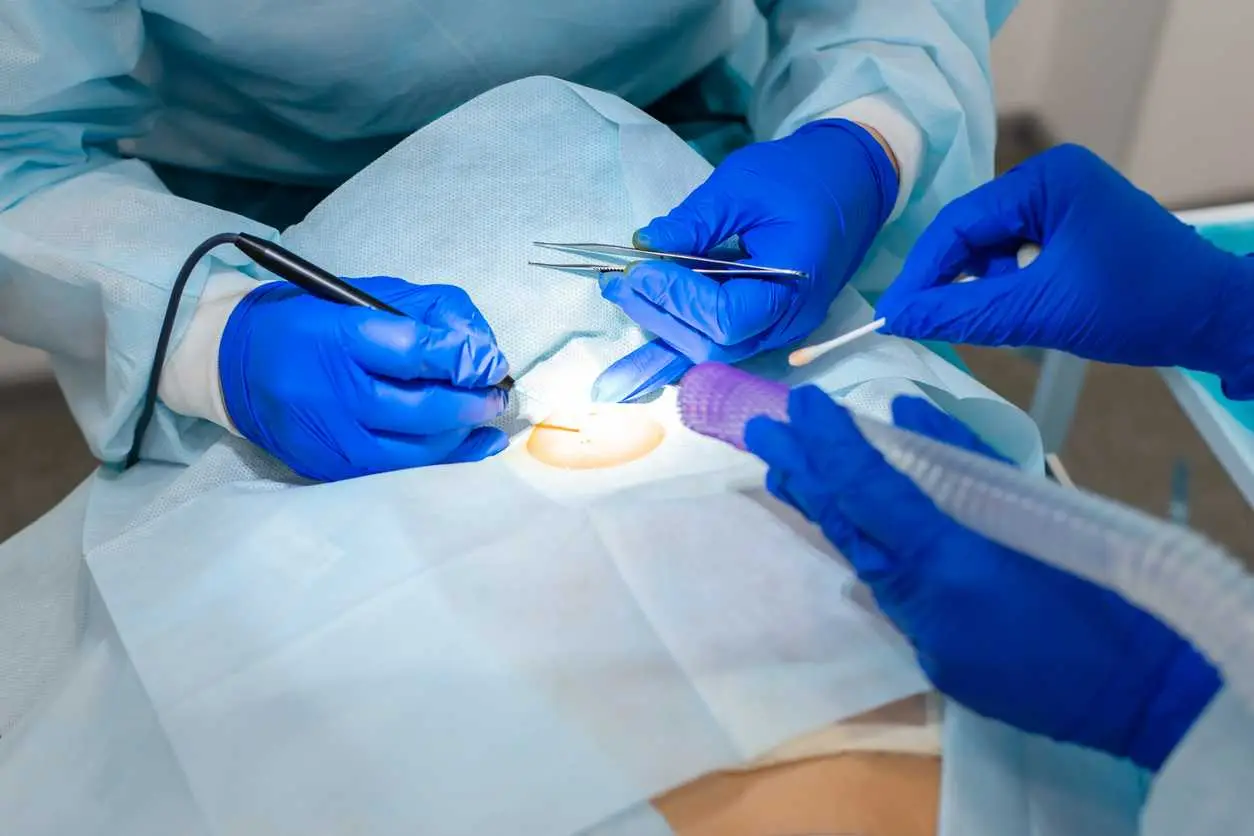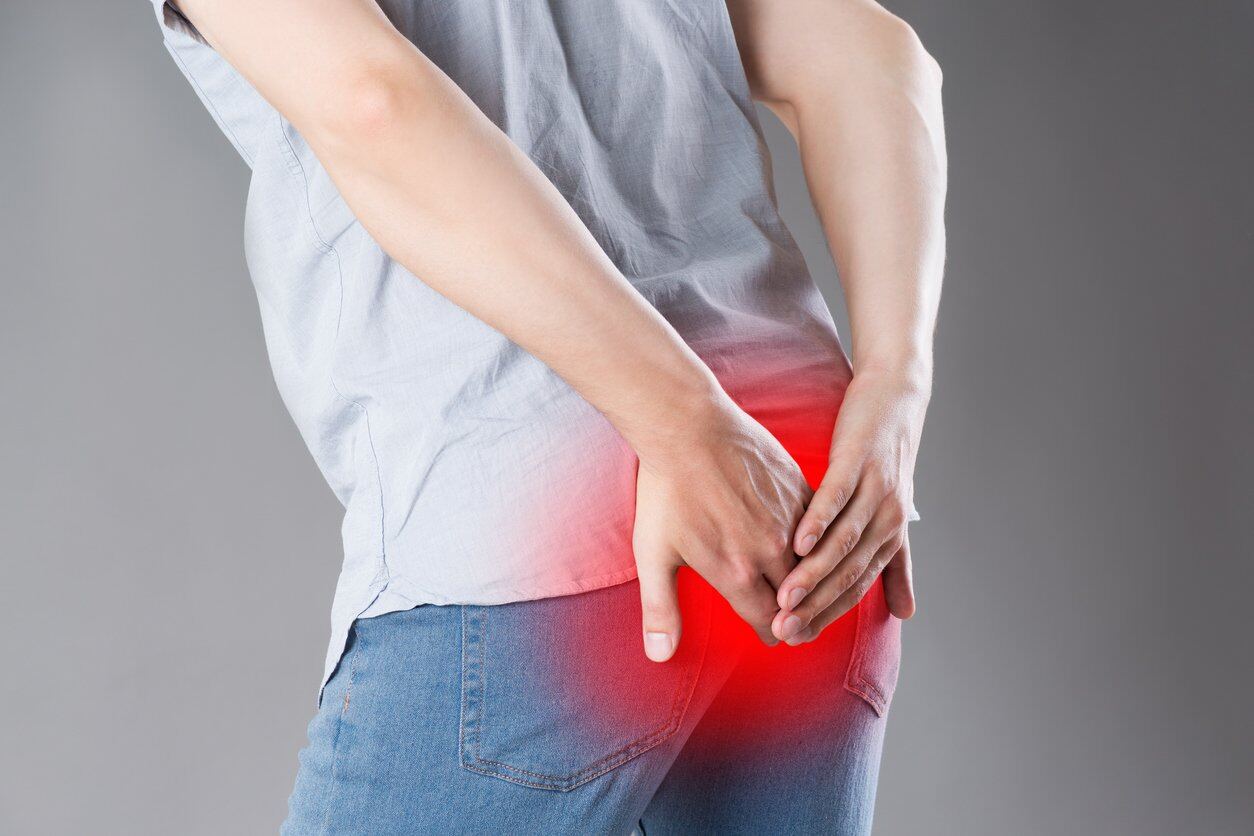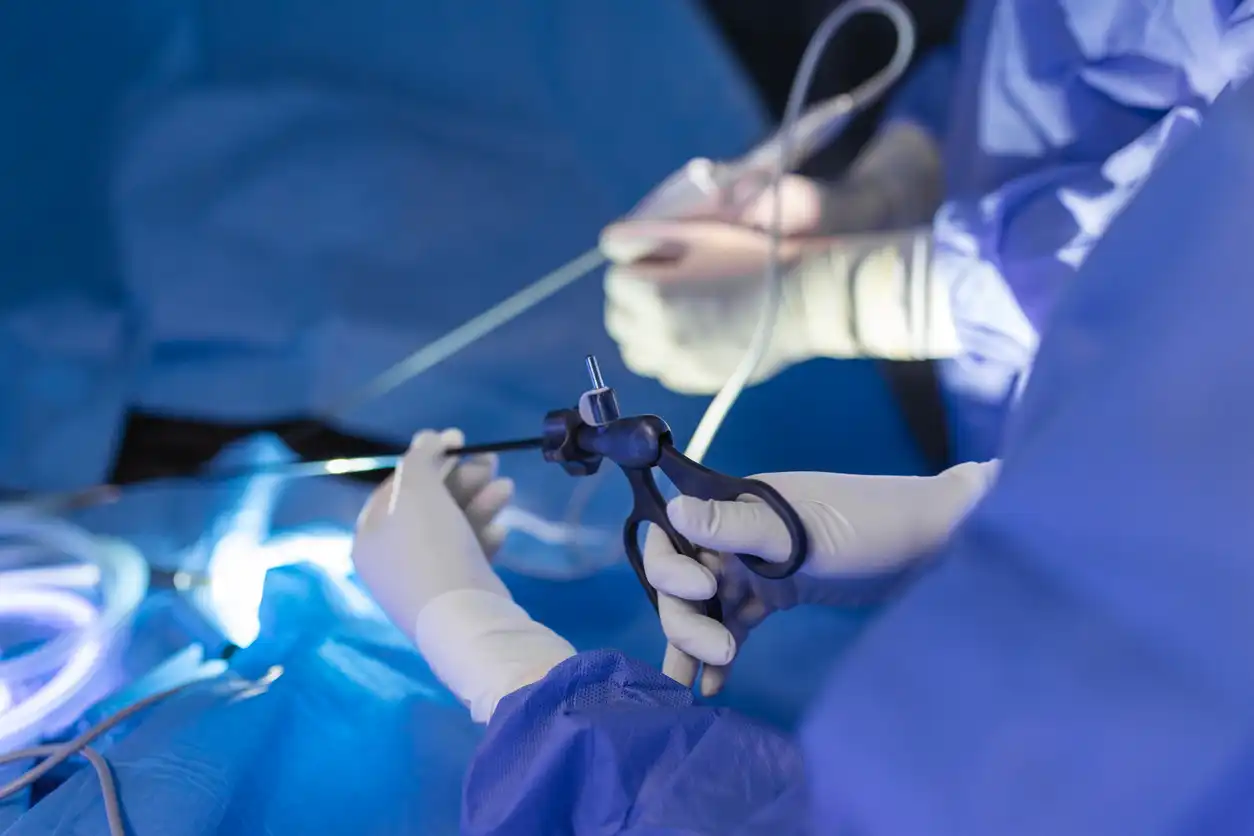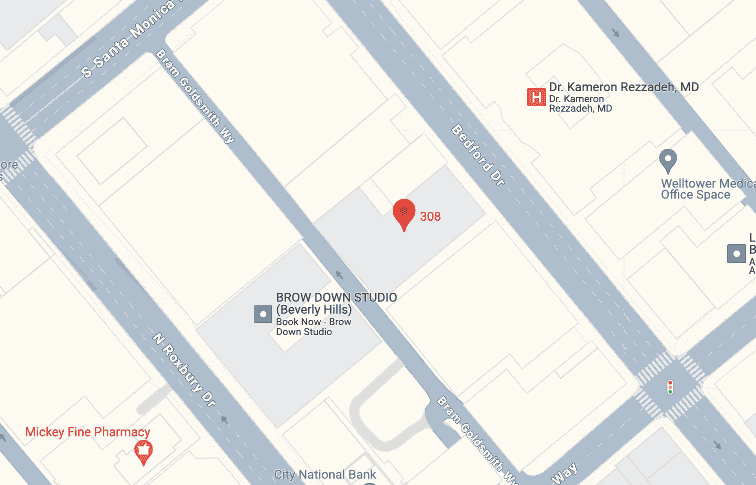A pilonidal Cyst Excision is a surgical procedure that removes the cyst, which is the main source of pain and discomfort for patients. It is the perfect option that helps the patient reclaim their comfort and resume their daily routine quickly. People with pilonidal cysts know how incredible it feels when they get rid of the constant pain in their lower back area, making it difficult to sit and move. This phase is hard to explain because people have a very bad time when the pus starts oozing out, and they even need painkillers to bear walking to the hospital.
However, their journey towards complete recovery doesn’t end here. Some patients think that leaving the hospital is a challenge, but wait—you need another couple of weeks to recover from the surgery. Leaving the operating room is the first step toward recovery, and there is a long way to go before you are completely fit and fine again.
Thus, to ensure a smooth and successful recovery process, it’s essential to prioritize post-operative care and follow essential tips tailored to promote healing and minimize complications.
Important Care & Recovery tips to follow after Pilonidal Cyst Excision
Read all the below-mentioned tips to speed up your recovery process and start to enjoy your life again.
1. Try Best to Keep the Incision Site Clean and Dry
After the Pilonidal Cyst Excision, it’s important that you take good care of the wound. You have to keep the incision site clean and dry. Do not use any cream or ointment on the wound. If you want to wash it, you can use a mild soap or any medicated antiseptic soap with lukewarm water. As soon as you wash it properly, use a fiber towel to gently dry the area, and then cover it to keep the infections at bay.
2. Use Sterile dressing for the wound
It’s important to use a sterile dressing for the wound because if you use simple cotton and gauze, it may be the reason for some infections or increase the risk. If you have any doubts, you can ask your surgeon about such things post pilonidal cyst excision surgery and confirm.
3. Follow all instructions given by your surgeon
Your surgeon will provide specific instructions on how to care for your wound after pilonidal cyst excision. It’s essential to adhere to these guidelines diligently. This may include changing dressings regularly, applying antibiotic ointment as directed, and avoiding activities that could compromise the incision site.
4. Maintain Proper Hygiene
If you maintain good hygiene, you are taking a crucial step toward preventing infection and promoting healing. You must take regular showers, but be careful to avoid vigorous scrubbing of the incision site. In addition, avoid soaking in baths or swimming until your healthcare provider gives you the green light. Say no to water parks and rain dances.
5. Monitor for Signs of Infection
Be extra vigilant on the pilonidal cyst excision surgery site for any infection, including redness, swelling, warmth, pus drainage, etc. If you develop any concerning symptoms, you should get in touch with your surgeon immediately for a proper investigation and management.
6. Manage Pain Appropriately:
The post-operative symptoms such as pain are considered a normal reaction after pilonidal cyst removal. Your pilonidal expert will very likely prescribe pain treatment to reduce pain while you are recovering from the initial stages. Take the pain medication only according to the instructions, and report any concerns about side effects to your healthcare provider immediately.
7. Avoid Sitting for Prolonged Periods:
Posture during the recovery phase is very important since long periods of sitting may lead to the site exerting pressure on the incision site, resulting in discomfort and healing delayed. So far as it is possible, try to withdraw yourself from sitting in a certain posture for a long time and into a position that relieves pressure on the operation site.
8. Follow Activity Restrictions
Your surgeon could suggest the reduction or stoppage of certain activities, like lifting a lot of weight or exercising vigorously, during the early stages of recovery. The following restrictions should be taken into consideration to avoid complications and to enable the surgical site to heal, so it is necessary to follow them.
9. Eat a Healthy Diet:
A timely and appropriate diet is a key factor in healing and post-injury recovery. Plan on having a normal dinner with more fruits, vegetables, lean proteins, and whole grains, for example. Stay hydrated; drink as much water as you can since water helps in the recovery process.
10. Attend Follow-Up Appointments:
Attend all of your regular follow-up appointments with your healthcare provider. These appointments act as watchdogs, allowing them to see how you are progressing, address any concerns that might arise, and make appropriate changes to your treatment plan when necessary.
11. Be Patient and Give Yourself Time to Heal
Recall the fact that the recovery from perianal cyst excision is a time-consuming process. Give yourself some space and let your body have its due time to fully restore. You know your body best, so don’t hesitate to communicate your queries or concerns to your pilonidal expert.
Wrap Up:
Hence, we can say that by implementing these main recommendations for a post-operative recovery following pilonidal cyst excision, you will facilitate your recovery and build a positive healing experience. Put your self-care first, stay vigilant for the signs of any complications, and rely on your healthcare provider’s encouragement to help you get back to a healthy and comfortable condition.
Frequently Asked Questions
Now is the time to give answers to the queries that keep on revolving inside your mind but you just don’t know with whom to discuss. Let’s count in.
Contact the Pilonidal Experts Today and say goodbye to your cyst
Immerse deeper into a world of pilonidal cysts and embark on a journey of discovery by going to Pilonidal Expert, where you will encounter a group of highly skilled surgeons. Under our experienced medical professionals, you will walk through a kingdom of information, given not only data extraction but also constant care and real support. Grab the chance right now to start a dialogue with Pilonidal Experts as the first step to understanding and treating the infection of pilonidal cysts.

